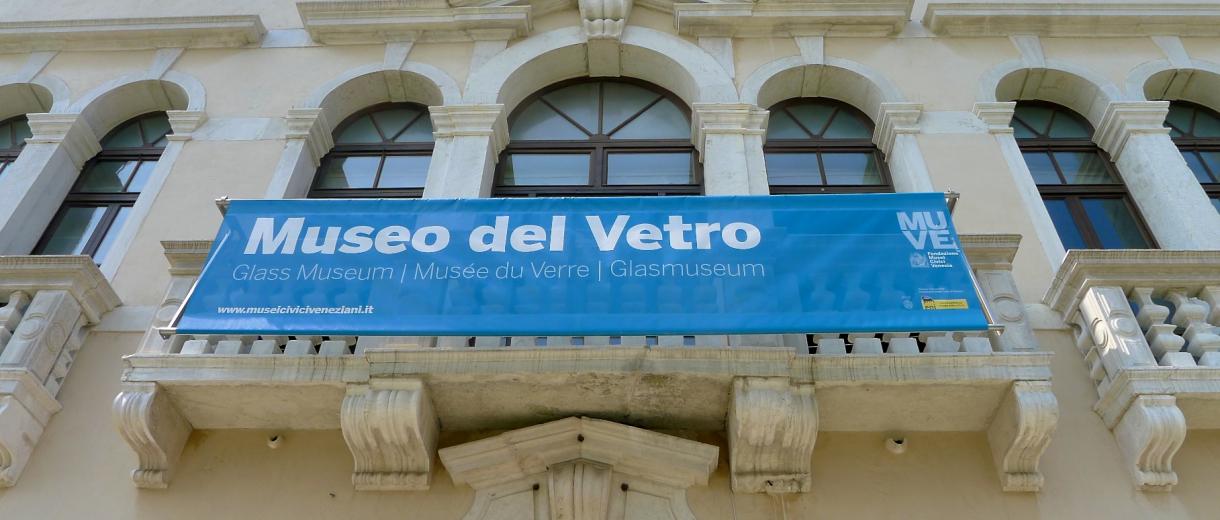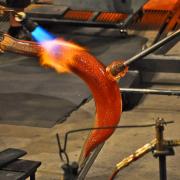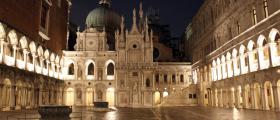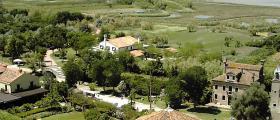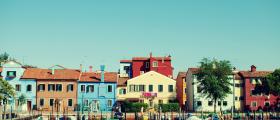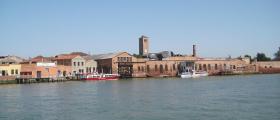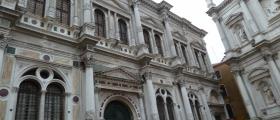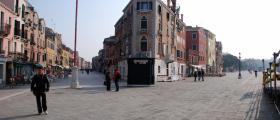Palazzo Giustinian: the Glass Museum
It faces the foundation Marco Giustinian, it has a notable artistic and historical interest. The building, in gothic style, was the ancient residence of Torcello bishops.
The bishop Marco Giustinian made of it his residence in 1659 and some years later he gave it to the Torcello diocese.
In 1805 the Torcello diocese was abolished and the palace became property of the patriarchate of Venice that sold it in 1840 to the Murano municipality that made of it its city hall.
During the years it became the site of the museum and archive of the Island (from 1861), first limited to the main hall of the noble floor and then extended to the whole palace.
In 1923 it became part of the civic museums of Venice (it is now the glass museum), right after the suppression of the Murano municipality (of which it was site for, lately moved into Palazzo Da Mula).
Particularly beautiful is the ceiling on the noble floor, faced on the Grand Canal of Murano decorated with a fresco by Vincenzo Zugno (1709 – 1787). The three central lamps dates back to year 800.
The central one has 60 arms, it was built by Giovanni Fuga and Lorenzo Santi and was inaugurated in 1864 at the first exibithion of Murano Art, where it was awarded with a gold medal.

